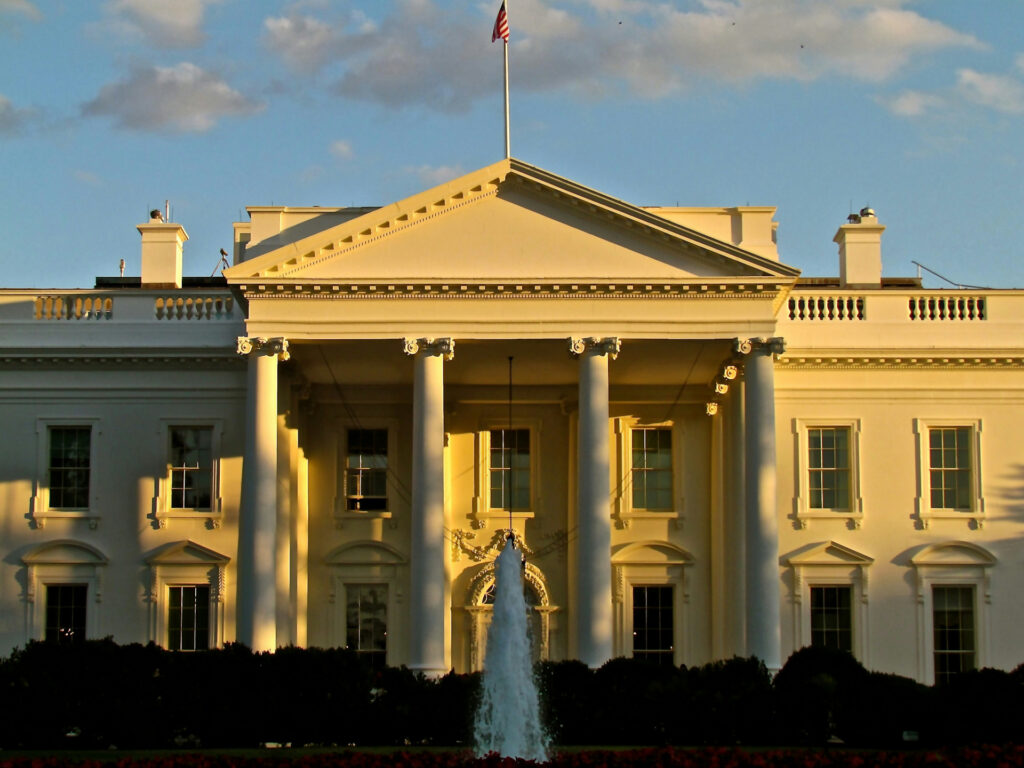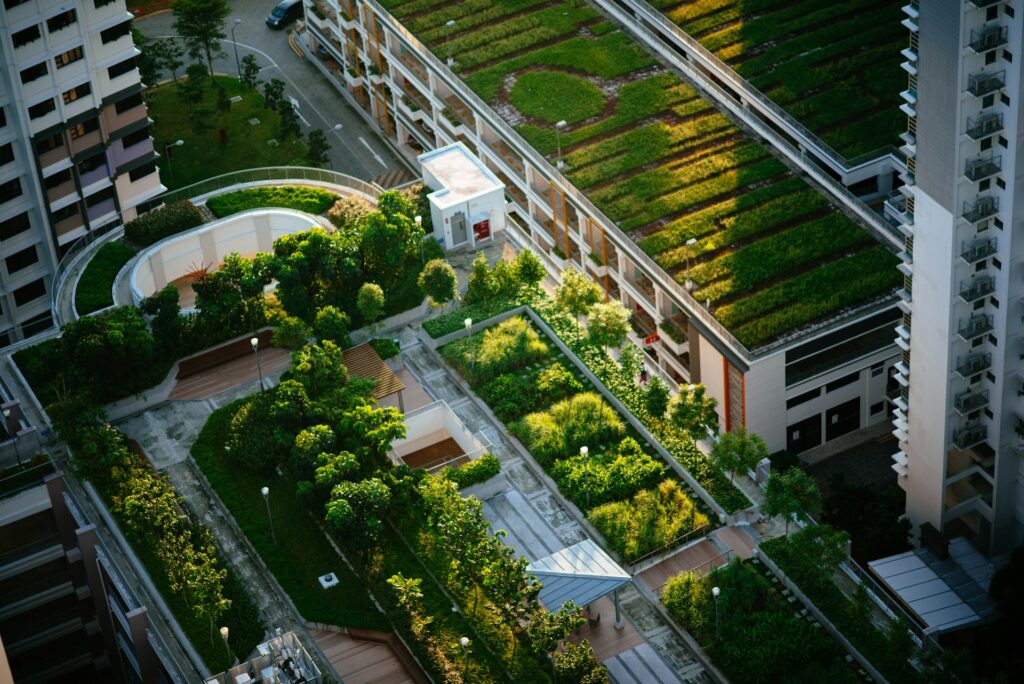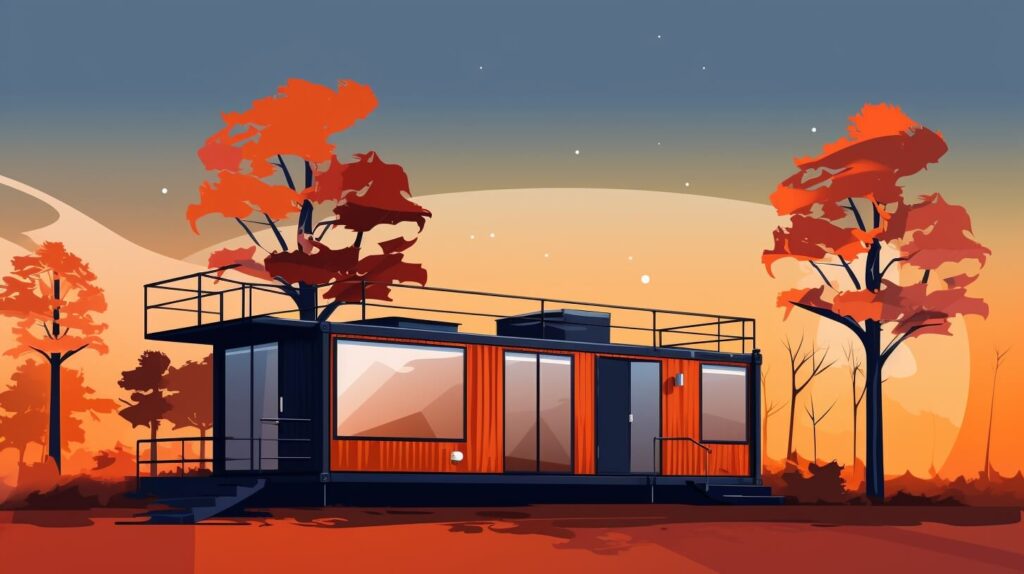We are reader-supported. When you buy through links on our site, we may earn an affiliate commission.
As smart homes become more common, the idea of an entire smart city seems more plausible. The dream of a region filled to the brim with technology that helps people navigate its intricacies isn’t distant. To achieve this goal, though, the world needs to develop better smart city technology first.
The idea of a smart city is a reasonable one and may furthermore be inevitable. Cities house more than half of the global population and generate 60% of the world’s gross domestic product (GDP). Bringing these areas into the digital age is a necessary step for keeping them livable and functional.
Smart cities require lots of different types of technology to work. Here are a few of the most crucial ones, including their current statuses within society.
Smart Infrastructure
Smart infrastructure is at the heart of the connected city. It’s a broad, sometimes vague category, but generally speaking, it refers to city infrastructure that contains Internet of Things (IoT) technologies. It brings sensors and internet connectivity to things like buildings, street lights and parking lots.
These technologies are essential for edge computing, which is the practice of computing near or at the data source. Edge computing will enable things like self-driving cars or lights that automatically adjust in response to energy needs. This technology is still in its early stages, but there are already real-world examples of it.
Since 2016, Pittsburgh has implemented a smart traffic light system called Surtrac. These lights monitor traffic patterns in real time and change to allow for smoother traffic flow. Infrastructure like this is handy but will need to expand and advance for smart cities to be possible.
Geospatial Technologies
Another key smart city technology is geospatial technologies, which help with navigation. This category includes devices and systems that focus on gathering and providing data about different locations. Things like global positioning systems (GPS) play into this, but in a smart city, geospatial technologies need to work on a more granular scale.
Geospatial technologies allow the traffic-centered parts of a smart city to work more accurately. They provide information like available parking spots or road changes to other systems, like public transportation. Given how congested city streets tend to be, this potential is hard to ignore.
San Francisco was an early adopter of citywide geospatial technology. Starting in 2011, the city began rolling out a smart parking network that shows drivers what spots are open. The system even includes varying meter rates depending on current demand, which drivers can check remotely.
Connected Transportation
Connected transportation is closely related to geospatial technologies, but central enough to smart cities to earn its own category. The ultimate goal of this concept is driverless transportation, but it includes driver assistance technologies too. The main idea is that vehicles connect to other smart city technologies to improve traffic.
A company called May Mobility already operates driverless tram services in Columbus, Ohio, and Detroit. These self-driving shuttles ferry people to places like train stops through pre-defined routes. With greater interconnectivity, systems like this could alter their courses depending on traffic, safety needs as well as the weather.
Truly connected transportation will most likely emerge in public spheres like buses first. That way, connecting the vehicles to citywide information systems would be a more straightforward process.
5G Networks
For all of these technologies to work, they need a reliable wireless network. Many current connections may not be able to sustain the vast amount of internet traffic these systems will generate. As 5G networks roll out, though, cities will have the means to support these other technologies.
5G uses a combination of new and existing infrastructure to create the most reliable network possible. On top of offering faster speeds, it also promises much lower latency, so drops in signal or delays will be less likely. With these advantages, IoT devices throughout a smart city could function correctly at all times.
While it hasn’t replaced 4G yet, 5G connections are available in several areas already. The nation’s three leading cellular companies, Verizon, T-Mobile and AT&T, all have 5G networks in some areas. Widespread and reliable 5G connections should be a reality within a few years.
Smart Grids
Another concern with all of these devices and networks is the energy they’ll use. Technology has the answer to this problem as well, in the form of smart grids. Smart grids use IoT technology to adjust to different electricity needs in real-time, helping cities avoid energy waste.
When combined with technology like renewable energy sources, smart grids can reduce emissions by a considerable margin. As smart cities grow and use more power, these conservation and sustainability measures will be necessary. Even without renewables, the precision of smart grids creates a more reliable and less wasteful energy network.
The European Union has already installed close to 200 million smart electricity meters in customers’ homes. The United States hasn’t reached that level but is partnering with private companies to create and install smart grids. As environmental concerns become more prevalent, this issue could speed the adoption of these technologies.
Pursuing Smart City Technology Today
Many of these essential smart city technologies are not far from seeing widespread implementation. Still, they need more research and development before they’re ready. Building the cities of tomorrow starts today.
In the future, all major cities will be smart ones. That transition won’t happen all at once, but it’s already in the process. As more areas accept and implement these technologies, the future of smart cities grows closer.







